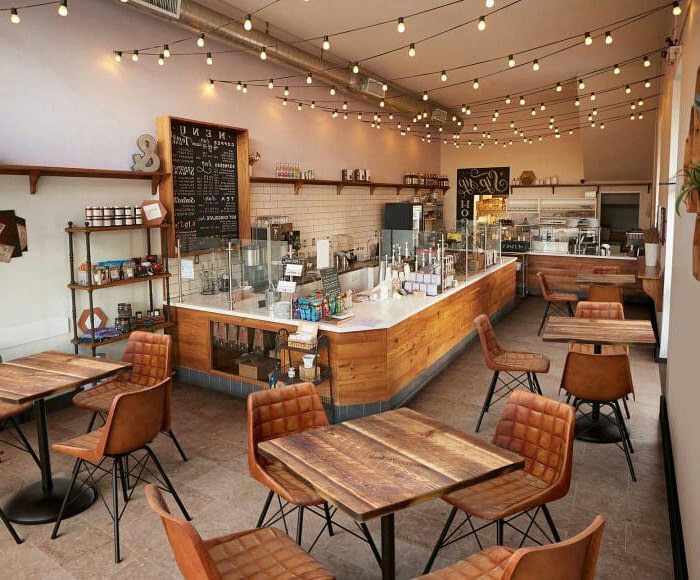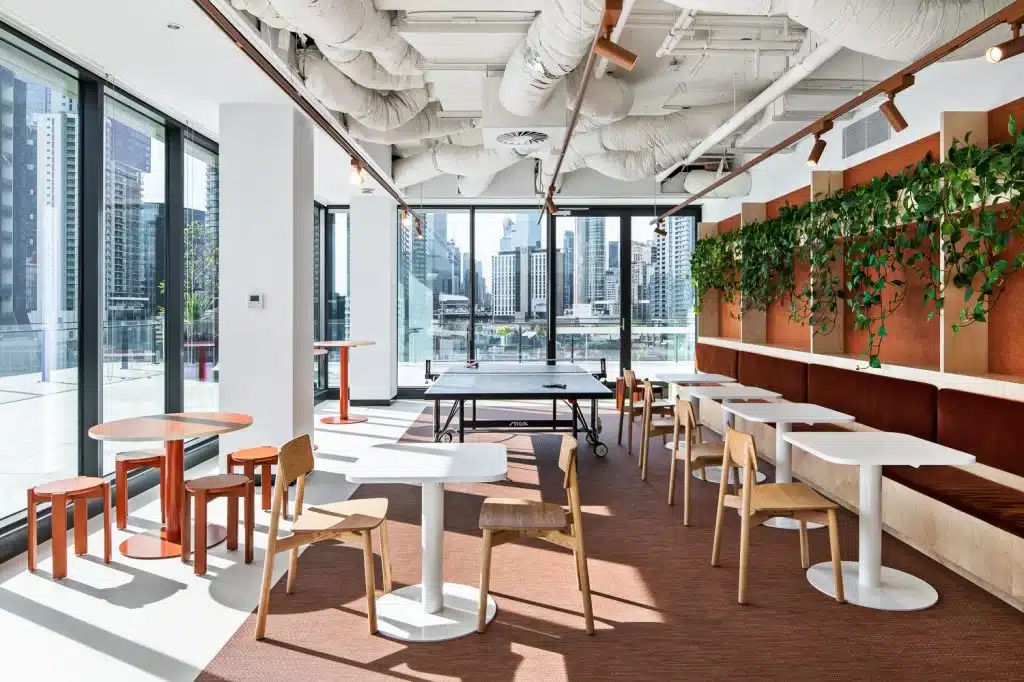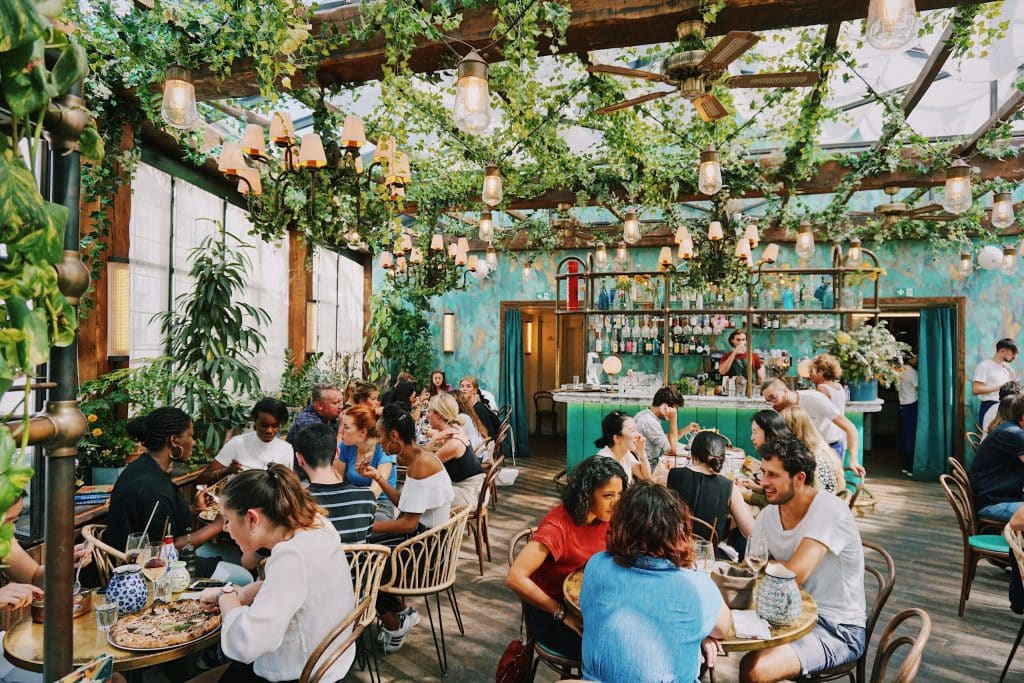Selecting the right furniture for your restaurant is crucial to creating a comfortable and inviting atmosphere for your customers. The furniture you choose affects the aesthetics, overall functionality, and durability. Hence, investing in high-quality, hardwearing furniture can enhance your restaurant’s appeal and ensure it withstands the test of time.
Unfortunately, many restaurant owners struggle with choosing the right furniture. They might select pieces that don’t suit their needs or are prone to frequent replacements and additional costs. These, in turn, can negatively impact customer comfort and satisfaction, ultimately affecting your business’s success. If you’re in the same boat, we’ve got you covered!
Here are five tips on selecting the perfect furniture for your restaurant.
Where to Buy Restaurant Furniture

Selecting the right place to buy restaurant furniture is crucial for ensuring you get durable, high-quality pieces that can withstand the rigours of a busy restaurant environment. That’s why choosing the right supplier is recommended to save you from frequent replacements and repairs.
Start by researching furniture. One thing to note: Not all furniture can handle the wear and tear of a busy Friday night. To ensure durability, choose commercial-grade furniture. For example, you can find high-quality options through restaurant furniture suppliers like Adage Furniture. If unsure which furniture to get, consider asking professionals.
While commercial-grade furniture costs more than domestic options, investing in quality pieces can still save money in the long run by reducing the need for replacements. Commercial-grade furniture is designed to withstand heavy use, which means fewer repairs and replacements over time. Plus, they often come with warranties and support services that can further reduce long-term costs.
Once you find the right furniture you need, research suppliers. Look for those with good reviews and a wide selection of styles and materials. Visiting showrooms or requesting samples can also help you gauge the quality before making a large purchase.
Understanding Commercial vs. Domestic Furniture

Understanding the difference between commercial and domestic furniture is vital for restaurant owners. Commercial furniture is specifically designed to endure heavy usage and meet safety standards, whereas domestic furniture is meant for less demanding environments. Making the right choice can prevent unnecessary wear and tear and ensure the longevity of your investments.
Commercial furniture is built to be sturdy, often featuring reinforced joints and materials that can handle frequent use. It’s also tested for safety and durability standards, making it a reliable choice for a restaurant setting. When shopping, ask suppliers about the specifications and testing their furniture has undergone. Look for certifications that indicate the furniture meets commercial standards.
One challenge here is the temptation to choose domestic furniture due to its lower initial cost. However, this can lead to frequent replacements and higher costs in the long run. To overcome this, consider the long-term benefits and durability of commercial furniture. It’s also important to ensure you’re clear with suppliers about your needs so they can recommend the best commercial options.
Choosing the Right Materials
The materials you choose for your restaurant furniture can significantly impact its durability, maintenance, and aesthetic appeal. Different materials offer various benefits and challenges, and understanding these can help you make informed decisions that suit your restaurant’s style and functionality.
Evaluate your restaurant’s specific needs and choose materials accordingly. Note that wood, metal, polypropylene, and upholstered furniture each have unique characteristics, as follows:
- Wood offers a classic look and can be very durable if properly treated.
- Metal furniture is robust and often easier to clean, making it suitable for high-traffic areas.
- Polypropylene is lightweight, durable, and weather-resistant, ideal for outdoor settings.
- Upholstered furniture provides comfort and a touch of luxury but requires more maintenance.
Another thing to note is that balancing aesthetics with practicality can be challenging. For instance, wood may require regular maintenance, metal can be prone to rust if not treated, and upholstery needs frequent cleaning to stay presentable. To mitigate these issues, select high-quality treatments and finishes that enhance durability. If unsure, consider asking professionals.
Matching Style with Your Restaurant’s Theme

The furniture style should complement your restaurant’s theme and overall aesthetic. This helps create a unified look that appeals to customers. Cohesive design also creates a pleasant and memorable dining experience, reinforcing your brand identity.
First, identify your restaurant’s theme or concept. Then, choose furniture styles, colours, and materials that match this theme. For example, a rustic theme might feature wooden tables and chairs, while a modern theme could use sleek metal and glass. Use mood boards or design mock-ups to visualize how different pieces will look together. Don’t forget to consider the practicality and durability of the furniture in your chosen style.
Staying true to a theme while ensuring practicality can be challenging. Some stylish pieces may not be as durable or easy to maintain. To overcome this, high-traffic areas should be prioritised for more durable furniture, and decorative elements should be used to enhance the theme.
Prioritising Comfort and Ergonomics
When selecting furniture, test it for comfort and consider the ergonomics of the design. Sit in chairs and booths to assess their support and cushioning. For example, chairs should support the back well, and tables should be at a comfortable height. Additionally, look for adjustable features in some pieces to accommodate different customer needs.
Balancing comfort with space efficiency can be tricky. Too much cushioning can take up valuable space, and overly large furniture can make the restaurant feel cramped. To address this, choose designs that offer comfort without being bulky. Stackable or foldable options can provide flexibility for different seating arrangements. Lastly, regularly reassess your layout to maintain a good balance between comfort and space.
Final Thoughts
Choosing the right furniture for your restaurant’s success. If you’re confused about where to start, it’s always recommended that you speak to professionals who can guide you through the process and help you make the best choices for your business.

